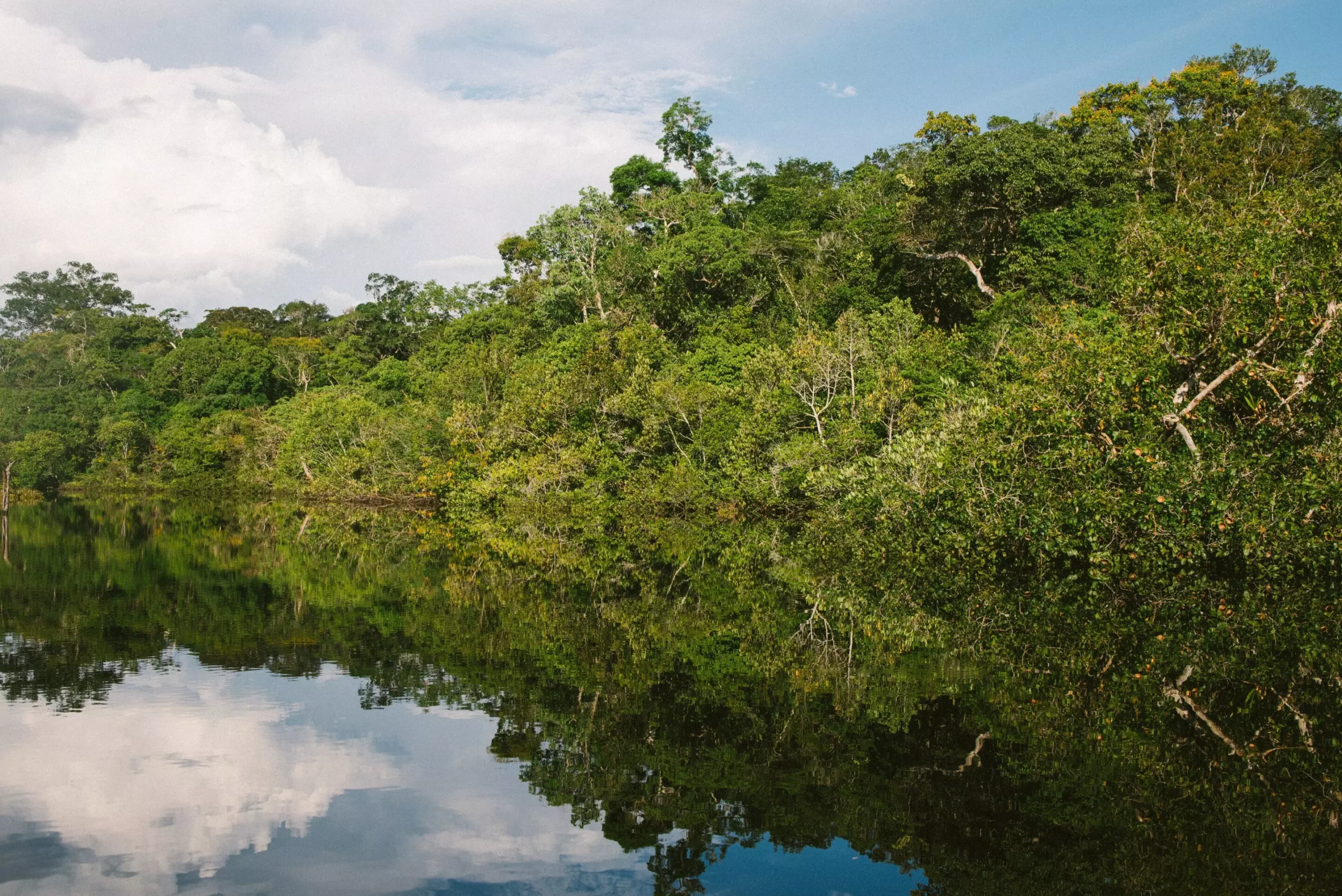In recent years, Brazil has made notable progress in reducing deforestation in the Amazon rainforest, which is not only a biodiversity hotspot but also a crucial carbon sink. However, this progress is now being threatened by a concerning increase in uncontrolled wildfires. A team of international scientists has sounded the alarm about this issue in a letter published in Nature Ecology & Evolution. The researchers highlight the detrimental effects of climate change, deforestation, and agricultural expansion on the region’s forests, making them more susceptible to fires. Furthermore, the intensity and frequency of wildfires have been exacerbated by the 2023 El Niño, leading to grave environmental consequences. This article analyzes the factors contributing to the rise in wildfires and the urgent need for international cooperation to address this growing threat.
Climate change has altered weather patterns, resulting in more frequent droughts and extreme heat. These conditions create a perfect environment for wildfires to ignite and spread rapidly. Additionally, the expansion of agriculture and deforestation have further weakened the resilience of the Amazon rainforest. Forests that have been disturbed and fragmented are more susceptible to drought and are less capable of regenerating after fires. As a result, wildfires have become a common occurrence in the region, surpassing what would be considered normal for a functioning rainforest. Previous spikes in fire counts have been closely associated with deforestation, which releases flammable materials and creates ignition sources. Although deforestation rates have decreased in 2023, the number of wildfires remains alarmingly high, suggesting a decoupling of fires from deforestation activities.
The Role of El Niño and Other Contributing Factors
The 2023 El Niño has intensified the hotter and drier climate conditions in the Amazon, amplifying the risk of wildfires. This phenomenon, which occurs cyclically, has historically been linked to increased fire activity in the region. However, other factors are also at play. Weakened environmental law enforcement and the lag effect of deforestation from previous years contribute to the current situation. Forest areas that were cleared mechanically in recent years are now dry enough to ignite. Additionally, landholders may be burning pastures earlier in the dry season in anticipation of future fire bans. These factors are compounding the risks and exacerbating the fire crisis in the Brazilian Amazon.
Impacts on Indigenous Communities
While Indigenous communities have employed controlled burning in their agricultural practices for generations, they have never experienced the scale or intensity of the current megafires. The blame often falls on these communities, despite their vital role in preserving the forest and their heavy reliance on its resources. Invasive fires not only destroy the vegetation but also deplete the game, fruits, timber, and medicinal plants that Indigenous communities depend on. Therefore, it is critical to identify strategies for managing fires that consider the unique needs and perspectives of these forest-dependent peoples to avoid further marginalization.
The scientists behind the letter highlight the urgent need for strong and coordinated international efforts to tackle the escalating wildfire crisis. While Brazil has taken steps by convening a summit to address sustainable development and forest preservation in the Amazon, more decisive action is required. The Belém Declaration resulting from the summit outlined crucial objectives but lacked firm commitments to zero deforestation by 2030 or substantial reductions in fire frequency. The declaration did, however, establish an alliance against deforestation, recognize the importance of Indigenous Peoples and local communities, and propose a scientific body similar to the Intergovernmental Panel on Climate Change (IPCC) for producing evidence-based solutions. The authors emphasize the importance of intensified research and governance efforts, including reforestation, forest management, and agroforestry, to prevent further uncontrolled fires and forest degradation.
Uncontrolled wildfires pose a severe threat to the environmental gains made in the Brazilian Amazon. The combination of climate change, deforestation, and agricultural expansion has created a dangerous environment primed for fires. Additionally, the effects of the 2023 El Niño have exacerbated the situation further. Indigenous communities, who have historically practiced controlled burning, are now facing the consequences of megafires. To address this growing threat, international cooperation is essential. Brazil and other Amazon nations should commit to supporting research and implementing equitable fire-safe land management strategies. Furthermore, a shift from a commodity-based economic model to a sustainable bioeconomy is necessary to ensure the well-being of both Amazonians and the region as a whole. Only through collaboration and decisive action can the Brazilian Amazon be protected from the devastating impact of uncontrolled wildfires.



Leave a Reply